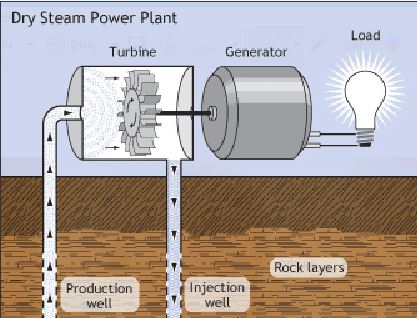In Washington, we discuss the geothermal industry with a leading expert in renewable project finance.
Nearly every Energy Cast interviewee has supported geothermal energy, and many have wondered aloud why we don’t see more of it. I’ve been equally curious, and set out to find out why.
That is when I came across Chadbourne and Parke, a DC-based member of the Geothermal Energy Association. Their representative is Keith Martin, Partner at Chadbourne and one of the preeminent experts on renewable energy project finance. Chadbourne represents Ormat Technologies, an Israeli geothermal energy developer.
Mr. Martin and I focused on the policy and project financing component of geothermal technology. The reason geothermal is still such a small portion of the national portfolio (0.4%) is because several facilities have underperformed expectations. For instance, developers have had to drill more wells than expected to yield the desired output. In addition, many financial benefits that wind and solar have received have not been extended to geothermal. It also does not help that a geothermal facility takes longer to develop than a wind or solar farm.
U.S. Geothermal facilities produce about 3,500 MW of electricity, but estimates from USGS indicate that undiscovered resources could yield as much as 73,000 MWe of energy.
Currently, commercial Geothermal consists of 3 technologies (photos on right):
- Flash–The most common. Fluid is greater than 182 Celsius, and under great pressure it is pumped into a “Flash Tank” at the surface, where at the lower pressure, it quickly vaporizes, or Flashes, and drives an electric turbine.
- Dry Steam–The oldest technology of the three. Fluid from a production well travels to the surface as steam, it drives a turbine, the steam condenses and returns to the injection well. The steam only has to be 150 Celsius.
- Binary Cycle–Most promising for future facilities. Use a heat exchanger to transfer heat between a water loop cycling underground and a closed loop system powering the turbine.
Resources:
